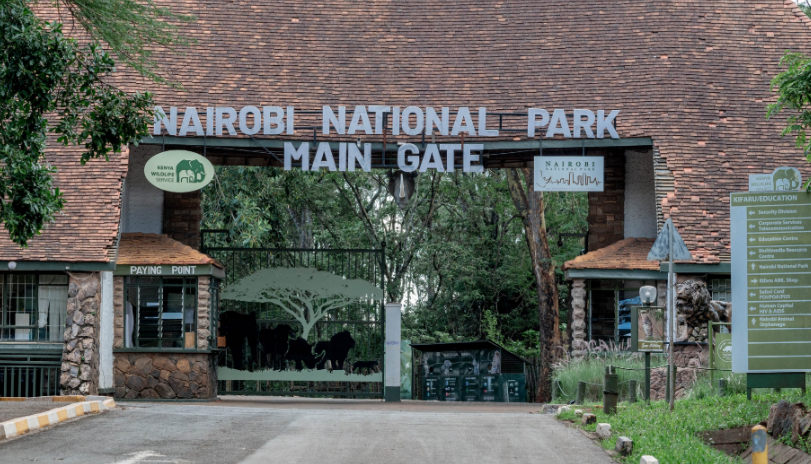The High Court has temporarily suspended the implementation of the new Kenya Wildlife Service (KWS) park entry fees, following a petition filed by the Kenya Tourism Federation.
In a ruling delivered on Thursday, Justice John Chigiti Mugwimi allowed the federation’s prayers against the State Law Office and KWS, stopping the enforcement of the revised charges until the matter is heard on November 25, 2025.
KWS had begun enforcing the new conservation fee structure on October 1, sparking debate among tourism stakeholders. The fees are anchored in the Wildlife Conservation and Management (Access, Entry and Conservation) (Fees) Regulations 2025, which Parliament approved on September 25.
Breakdown of the New Fees
The revised pricing was designed to vary by season, with July to March classified as the high season and April to June marked as the low season. Rates were also differentiated for Kenyan citizens, residents, and non-residents.
- Nairobi National Park: Residents would pay Ksh1,000, up from Ksh430, while foreigners would pay USD80 (Ksh10,360), up from USD43 (Ksh5,570).
- Premium parks such as Amboseli and Lake Nakuru were set at Ksh1,500 for locals and Ksh11,660 for foreigners.
- Mid-tier parks like Meru and Aberdare were priced at Ksh800 for locals and USD70 (Ksh9,070) for foreigners.
- Hell’s Gate: Entry fee was set at Ksh500 for locals.
Annual passes were also introduced, with adults paying Ksh45,000, children Ksh10,400, and families (two adults and up to five children) Ksh130,000. The policy further provided free entry for senior citizens aged 70 and above, as well as persons with disabilities.
Stakeholder Concerns
Tourism players raised concerns that the steep hikes could discourage both domestic and international tourism, especially in a season when the sector is still recovering. The Kenya Tourism Federation argued that the new structure was implemented too abruptly, without sufficient stakeholder engagement.
As the court prepares to hear the case in November, the suspension gives stakeholders and policymakers time to deliberate on a fee structure that balances conservation funding with accessibility for all visitors.

